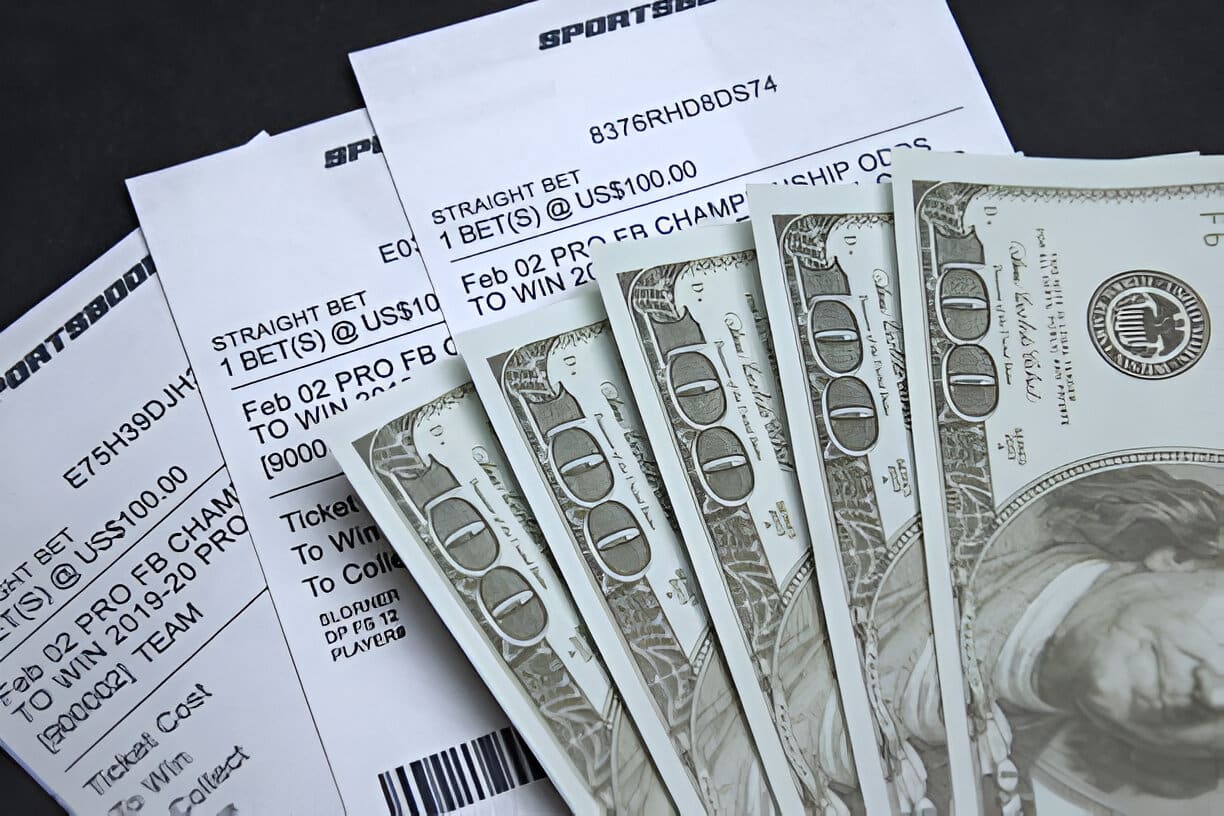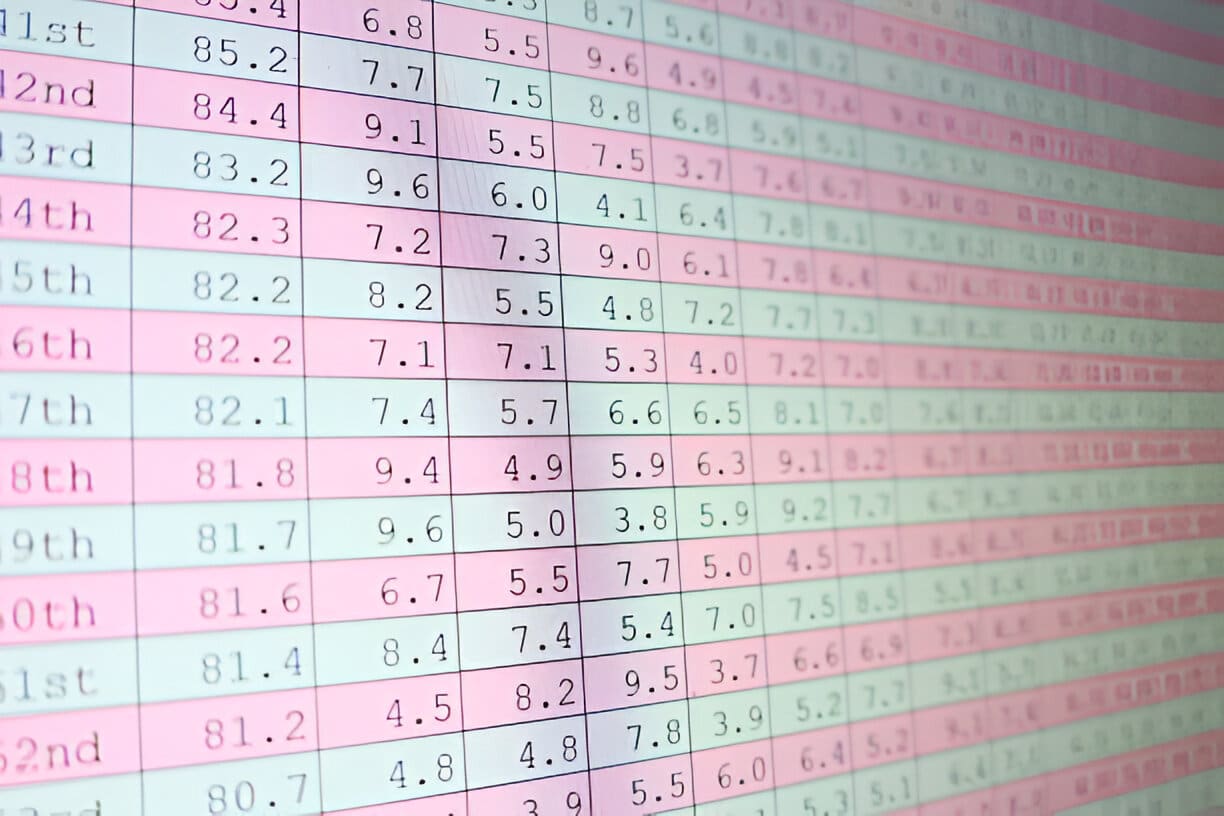Anyone entering sports betting should know how to read betting odds. Odds represent both possible payouts and the implied probability of an event occurring. The basic premise behind all odds formats is the same. American, Decimal, and Fractional are used worldwide. Each format presents the information differently, which can be confusing for beginners and even seasoned bettors who switch between international sportsbooks.
American Odds

American odds are also called moneyline odds and are most commonly used in the United States. These odds may be positive or negative and are centered around a base value of 100. Negative numbers indicate the favorite, and positive numbers indicate the underdog. For instance, a team listed at -150 means you have to wager USD 150 to win USD 100. And if a team is + 200, you get USD 200 for every USD 100 you stake.
This format emphasizes risk versus reward depending on how much is staked and how much is won. More negative numbers favor the outcome and increase potential profit. More positive numbers mean a lower chance of an outcome but a higher potential return.
For the implied win probability, a negative odd of -150 equals a 60% chance of winning. Hence, a positive odd like + 200 has an implied 33.3% probability. This mathematic relationship helps bettors decide whether the odds are representative of the actual likelihood of an outcome.
To convert American odds to decimal, divide the positive odds by 100 and add 1. For example, +200 becomes 3.00. For negative odds, divide 100 by the odds (absolute value), then add 1. So, -150 becomes 1.67.
Decimal Odds

Europe, Australia, and Canada frequently use decimal odds. They represent the easiest way to calculate returns, as they show the total payout instead of just the profit. If you are betting on decimal odds, the number shows how much you will get for each unit wagered, including your original stake.
So if you bet USD 100 on a horse with 2.50 odds, you would get USD 250. This is the sum of your initial stake and your profit. Lower decimals, like 1.40, mean a higher chance of winning but a lower reward – only USD 140 for a USD 100 bet. Meanwhile, 3.75 odds mean a lower chance of winning but a higher payout of USD 375 on the same USD 100 bet.
Decimal odds are usually easier to read since they say how much you get back if your bet wins, including your original stake. Many people find them simpler than American or fractional odds, which usually involve more math to figure out your total return.
If you want to convert decimal odds into a fractional format, just subtract 1 from the decimal number. So, if you have odds of 2.50, subtracting 1 gives you 1.50. That works out to 3/2 as a fraction. Some decimals don’t convert perfectly into clean fractions, so in those cases, most people just use the closest rounded-off value.
Fractional Odds and Their Origins
Fractional odds are also called British odds or traditional odds and are mainly used in the UK and Ireland. These odds are represented by a fraction, such as 5/1 or 10/3. The numerator is the profit you stand to win, while the denominator (the second number) indicates the amount you need to stake.
For example, odds of 5/1 mean you can get $5 for every $1 you bet. So a $100 bet at 5/1 would return $500 in profit, plus your original $100 stake, totaling $600. On the other hand, odds of 1/5 mean you must wager $5 to win just $1, reflecting a strong favorite with a high probability of winning.
Horse racing and other UK sports markets use fractional odds. They’re more complicated than decimal odds but give a good idea of value, especially when comparing long shots. Bettors using a more traditional method for calculating odds might find fractional odds intuitive once they get used to the numbers.
Why Odds Literacy Matters in Sports Betting
Knowledge of betting odds is the basis of strategic betting. Odds are estimates of probability, public sentiment, and sometimes betting behavior trends by a bookmaker. Learning how to read American, Decimal, and Fractional odds may help bettors spot market inefficiencies and avoid common errors.

















